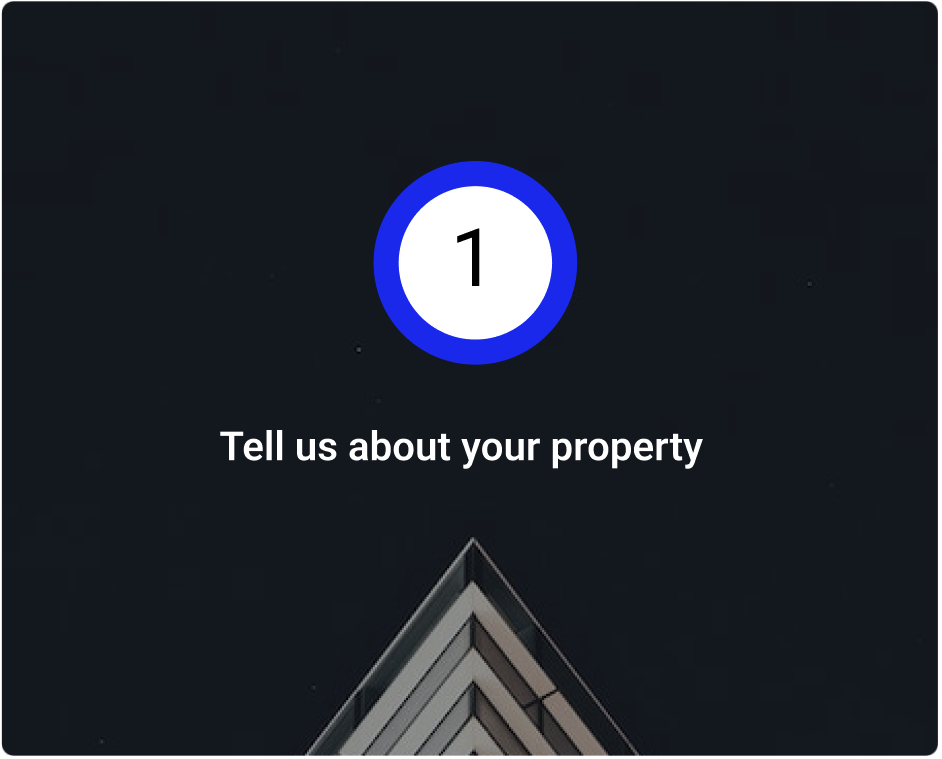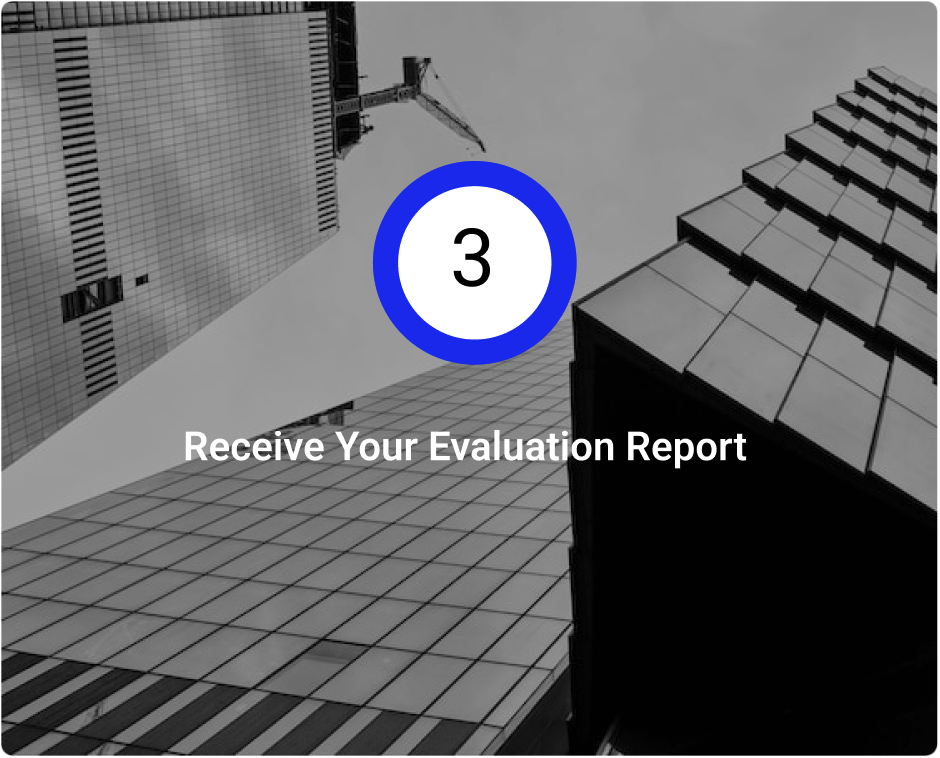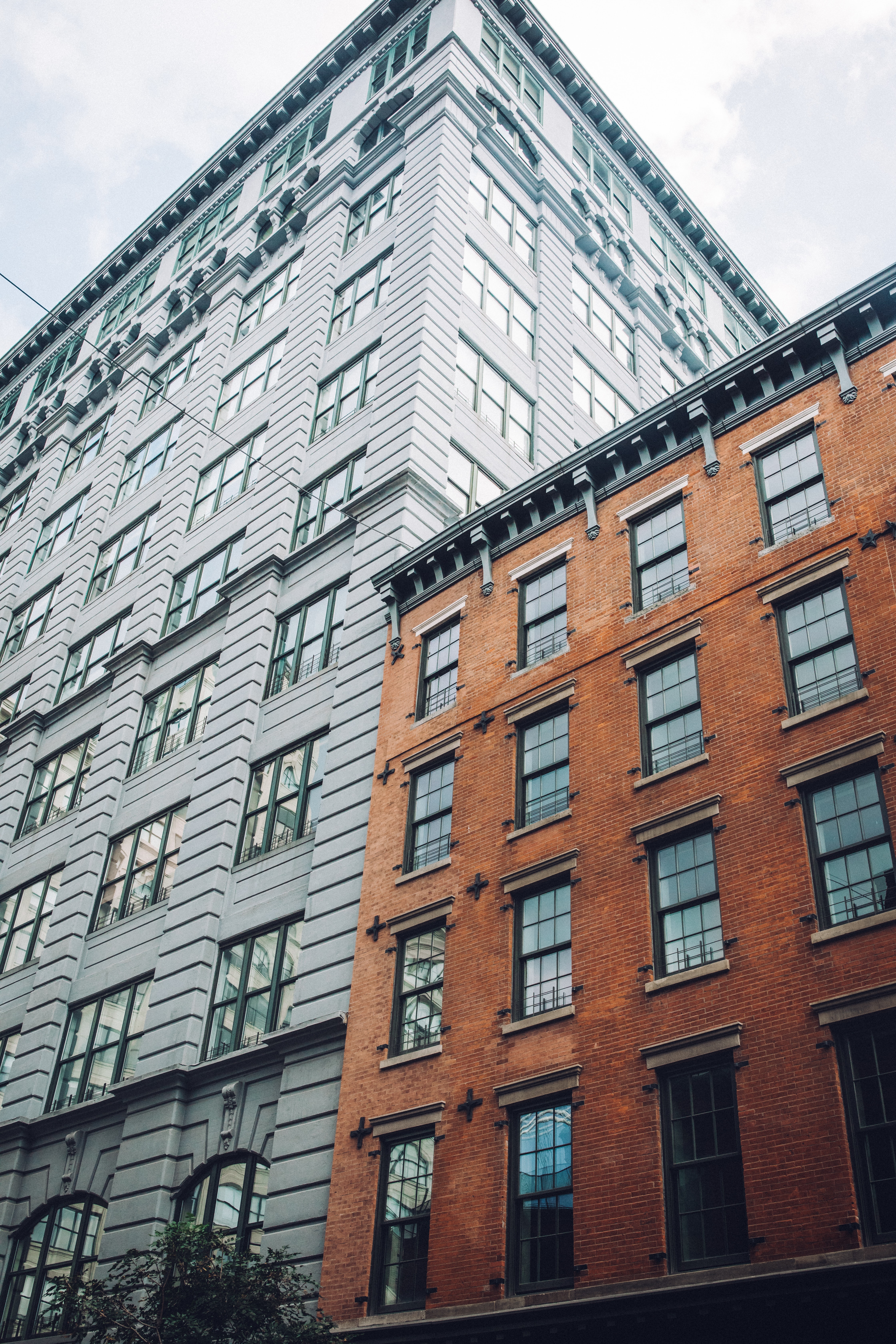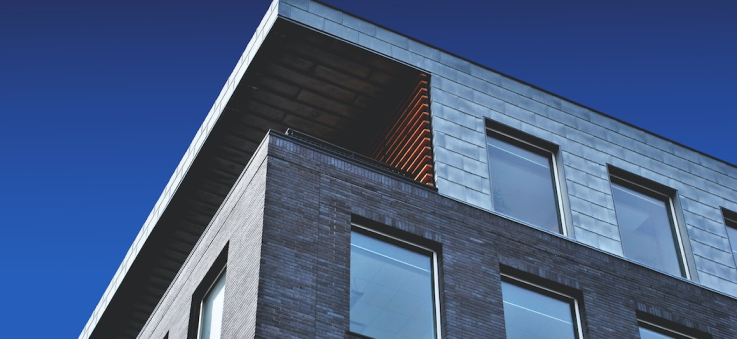We’ve Made the Process Easy



Why our Evaluations are Better

Regular Evaluations
Imagine a regular real estate broker creating a regular comparative market analysis (CMA). The accuracy of this CMA is dependent on 3 or 4 cherry-picked listings/transactions used by the regular broker – the goal of which is to seduce a seller or convince an appraiser. Thus, valuations vary greatly and ultimately, these valuations are not to be trusted. We reject this approach.
VS

Terrace Experts Evaluation
In sharp contrast, our evaluation relies on three separate CMAs, each of which contributes a weighted average of all the comps in your geographic area. We can do this accurately because, unlike NYC’s MLS, the data in our database is 100% verified and precise. This allows us to run complex algorithms resulting in more useful valuation metrics.
Frequently Asked Questions
What is the difference between a terrace and a balcony?
A balcony is an appendage: a completely external addition to the building suspended in midair. A terrace, by definition, is a roof used for enjoyment, whether it is over your own abode or your neighbor’s.
How is the value of a terrace calculated?
Private outdoor space is not as valuable as the interior space to which it is attached, so it is calculated as a fraction of the value of interior space, or X% of the interior $/SF. For example, if the interior space is valued at $1,000/SF and the X is 25%, the terrace is worth $250/SF. However, most brokers do not know what X should be for your home, so they just pick a random average number (typically 25%-35%) because a reputable appraiser has stated that as the average for the year. It is easy to see that this is inadequate, doing a disservice to both the seller and buyer. We used our vast pools of data and found a perfect way to solve for X: We appraise each terrace individually, grading it on 97 assessment points over five categories. These scores are tabulated to derive the exact percentage (X) to be used in future calculations. We then calculate the following: (Ext. SF × X%) + (Int. SF × 100%) = Calculation Square Footage (CSF). CSF × Int. $/SF = Total Value. Our methodology allows us to recognize not only the quantity but also the quality of every square foot which allows for value comparison across all types of terraces and finishes.
What width is the most desirable?
There is no single width that is better than any other; it is more a range. Terraces that are less than eight feet wide have significant limitations in their usefulness, while there is a diminishing return on terraces wider than 20 feet. However, there are plenty of exceptions, so for individual analysis, contact us.
What is the easiest way to improve the value of my terrace?
Because they offer both privacy and a visual benefit, plants are the easiest way to add value to your terrace, and adding plants can be started on a shoestring budget. However, to have any long-term calculable effect on the value of your terrace, you need to involve professional landscaping architects.
What amenity adds the most value to my terrace?
Pools add the most value, but they are the most expensive, so they might not offer the most “bang for your buck.” Where possible, upgrading the terrace type is the best investment. Aside from that, landscaping and an outdoor kitchen are great investments; call us for detailed explanations.
What is the ideal elevation for a terrace?
This is also more a range than a hard number. If the floor is too low, you will have no view or privacy because your neighbors will look down on you; too high, and it is hard to enjoy the space due to constant wind, making plantings impossible and requiring super heavy furniture. The ideal height is more a relationship to the immediate neighbors, but floors 12-20 are often great.
Can a terrace lose value?
Lack of views, insufficient light, and excessive noise all detract from the value of your home. However, any such limitations likely didn’t change from when you bought your home, so you probably calculated them into the price when you purchased. This means they don’t hurt your investment value; just don’t expect a buyer to overlook these issues either, and price accordingly when you are ready to sell. The quickest way to lose value is by ignoring your terrace. It is part of your home and should be treated as such; if you ignore it, that will cost you dearly on the resale. Since it takes time to reverse the signs of neglect, start this weekend.
Is there a best time to sell a terraced home?
The demand for terraces is highest in the early Spring, so that makes it the best time to launch. However, your terrace might not be in the best showing condition until late Spring. Pro tip #1 - plan ahead, take photos when plants are in full bloom, so you can list your apartment when demand is highest. Pro tip #2 – let us bring in one of our professional photographers!
What is the most valuable terrace type?
As a category, Direct Living terraces (those with a direct connection to the living room) have the highest starting PVI (Percent Value Increase) and should be considered the most valuable. Uniquely designed Direct Roof Terraces are the pinnacle of value, and are beautiful to behold.
What types of terraces exist?
Direct Living: located directly adjacent to the living room, these are the most desired and valuable. Their average PVI is 40%. Living Level: located on the same floor as the living room, but NOT adjacent to it have an average PVI of 25%. Second Level: located on a different floor from the living room average PVI is 30%. Direct Roof: roof top with an internal direct connection to the apartment, but with no room on the terrace level have an average PVI of 25%. Roof Access: aka Rooftop Cabana are only accessible through a common element, thus the least valuable terrace type with PVI averages at 10%.
Why do I need a terrace expert?
Your terrace is the most prized part of your home, with the ability to add more value than even a kitchen renovation. The way your terrace interacts with your home is a crucial factor in a buyer’s decision. Optimizing your value requires understanding that and being able to guide the buyer to see what parts of your terrace and interaction with it are most desirable. For this reason, you want an expert in your corner.
